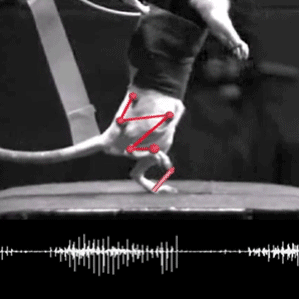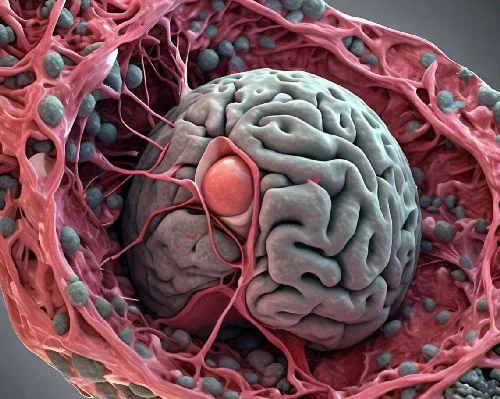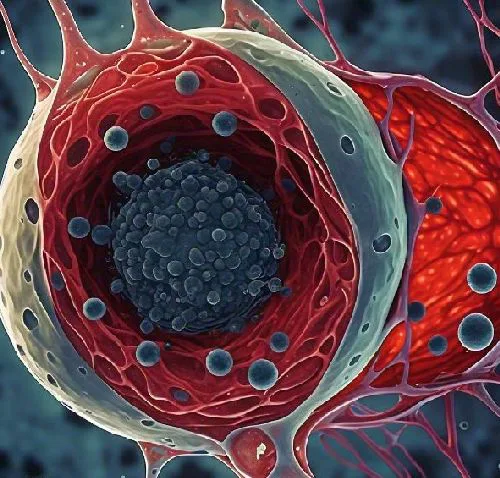In Frankenstein effort, Gregoire Courtine, a researcher at the École Polytechnique Fédérale in Lausanne, Switzerland, has developed a process that has helped a paralyzed rat in walking with a precise cadence. The neuroscientist has employed electronics to reinstate realistic movements to the disabled animal.
With an aim of resurrecting life in the paralyzed limbs of people, the researcher has zapped spinal cords with electrical pulses. These undulations will substitute the commands being sent by brain in normal condition however, the signals are disrupted with an injury in the spinal cord.
Epidural stimulation
Although doctors at the University of Louisville, California and Los Angeles, were working on epidural stimulation, which means implanting device for stimulating spinal cords, on four men, however, the effort did allow the patients to regain their limb movement in terms of exercises but the men were not able to walk independently.
Inadequacy of epidural stimulation
Limitation of epidural stimulation was due to the inability of electrical pulses to generate coordinated movements, which are complex by nature. Along with that, these stimulators were manually controlled, which is quite different from Courtine’s system. By filming on rats, the Swiss researchers noted that their innovative approach gave synchronized stepping movements.
This system would assist people in balancing while walking rhythmically. In order to prove this, the researchers severed spinal cords of couple of rats and then mounted electrodes on the lower part of their spine. The rodents were then administered with serotonin agonist, a drug that allows spinal cord to communicate with the lower limbs, since it failed to coordinate after the injury. The rats were then harnessed – so that their weight can be supported- and were placed on a treadmill. All the rats were able to move methodically taking several successive steps despite being paralyzed.
Brain-machine interface
Courtine is expecting to test the same on humans by next year. He said that currently, epidural stimulation technology is at its infancy and the future versions must be in a position to balance out the automated routines with the actions decided by the user added Hunter Peckham researcher at Case Western Reserve University.
Courtine also disclosed that he is looking forward to create a brain-machine interface, so that electrodes can be mounted inside the motor cortex of brain for recording intended movements that would further allow users to control their spinal stimulator. Thus, users would be in a better position of moving their lower limbs with their thoughts.
Source: MIT Technology Review




